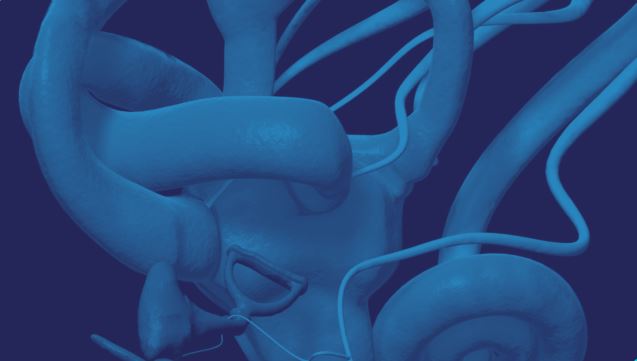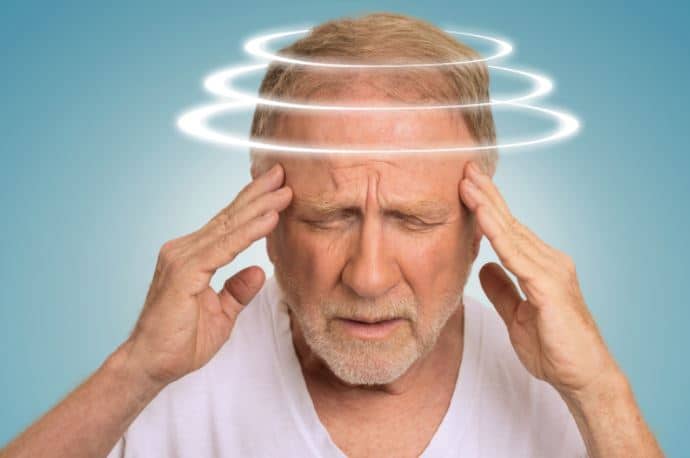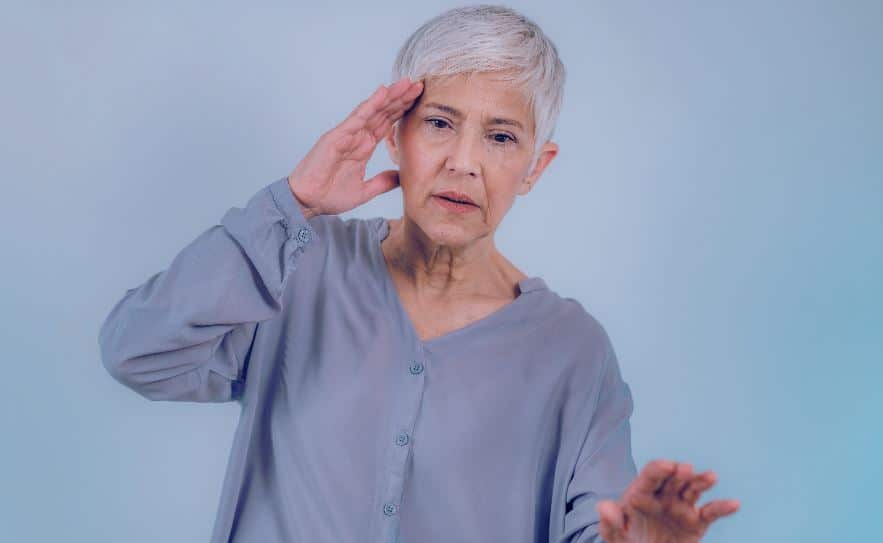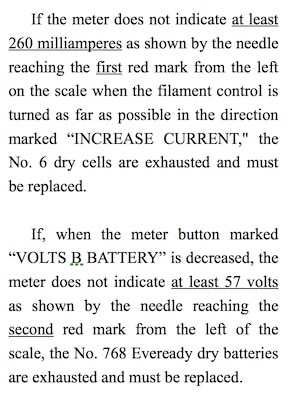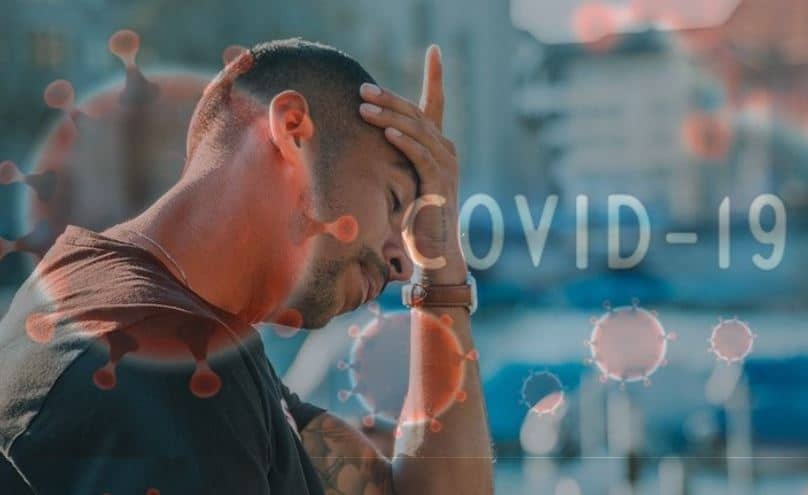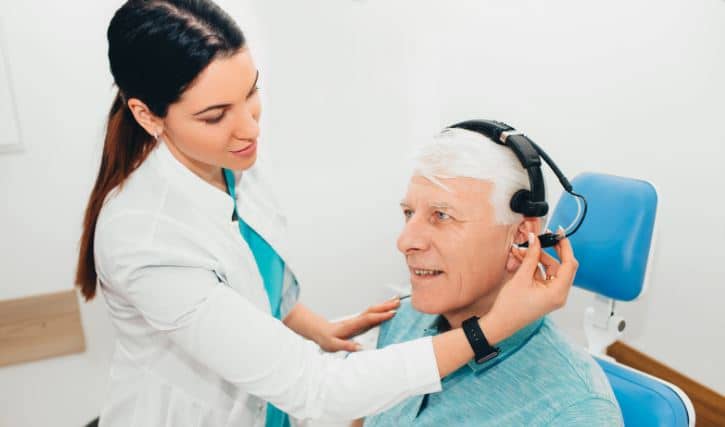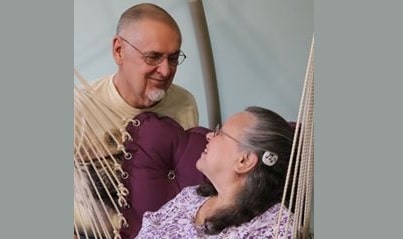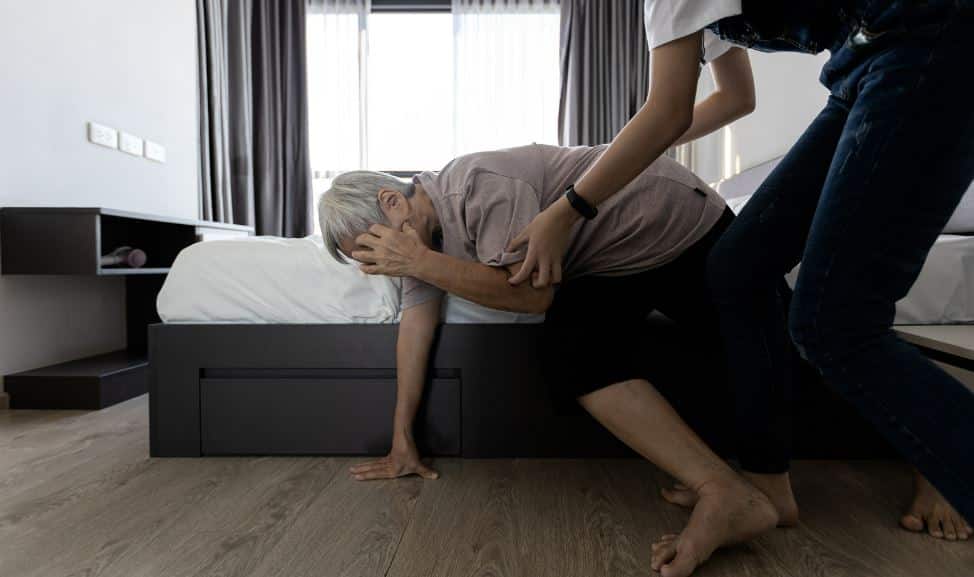Apr. 12, 2021
The vestibular system (inner ear and brain pathways) has a primary role of providing visual stability associated with head movement through the vestibular ocular reflex (VOR). The VOR is able to provide visual stability by causing the eyes to move in the opposite direction of a head turn or head tilt. For instance, if a head is turned right, the



